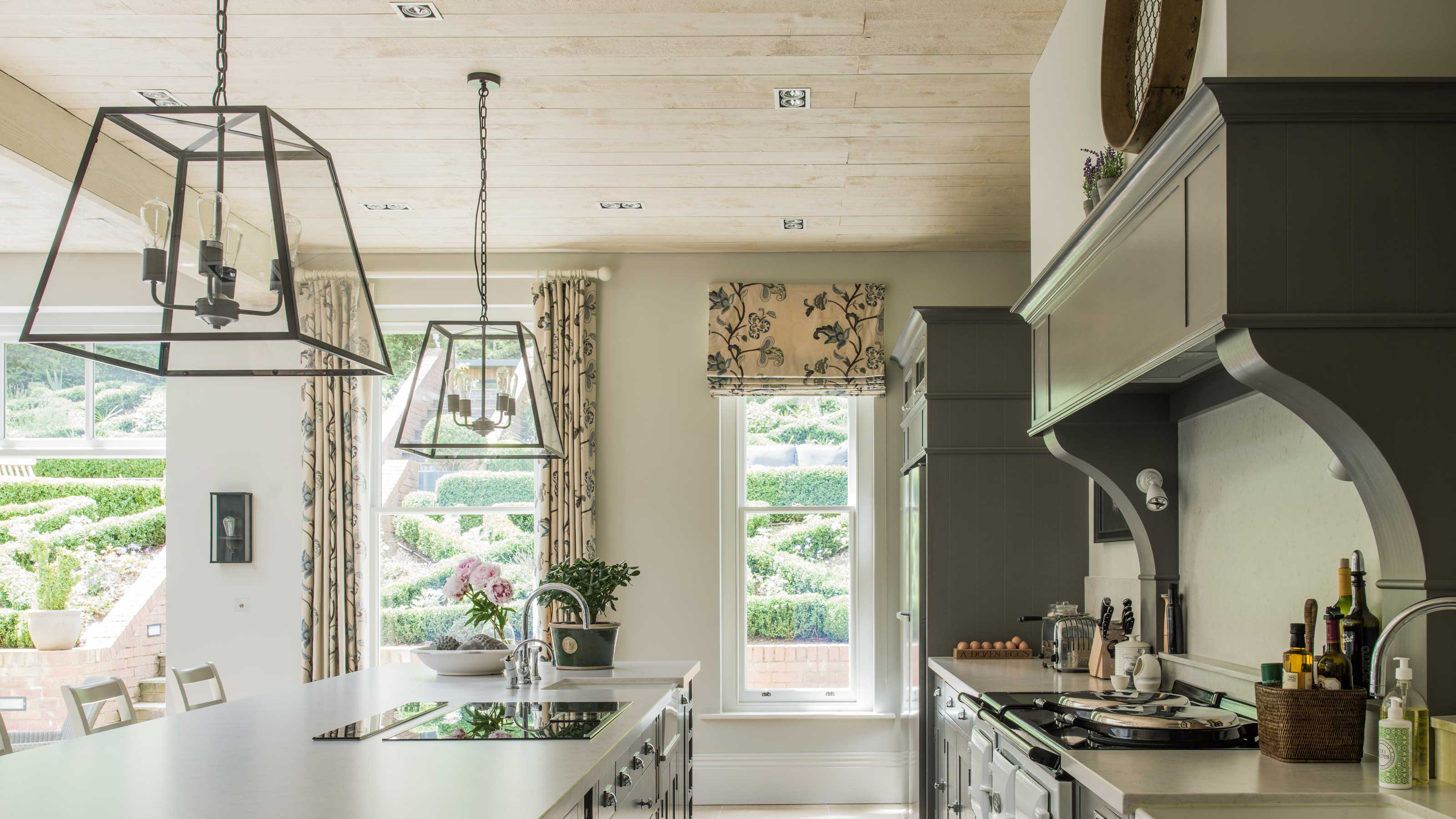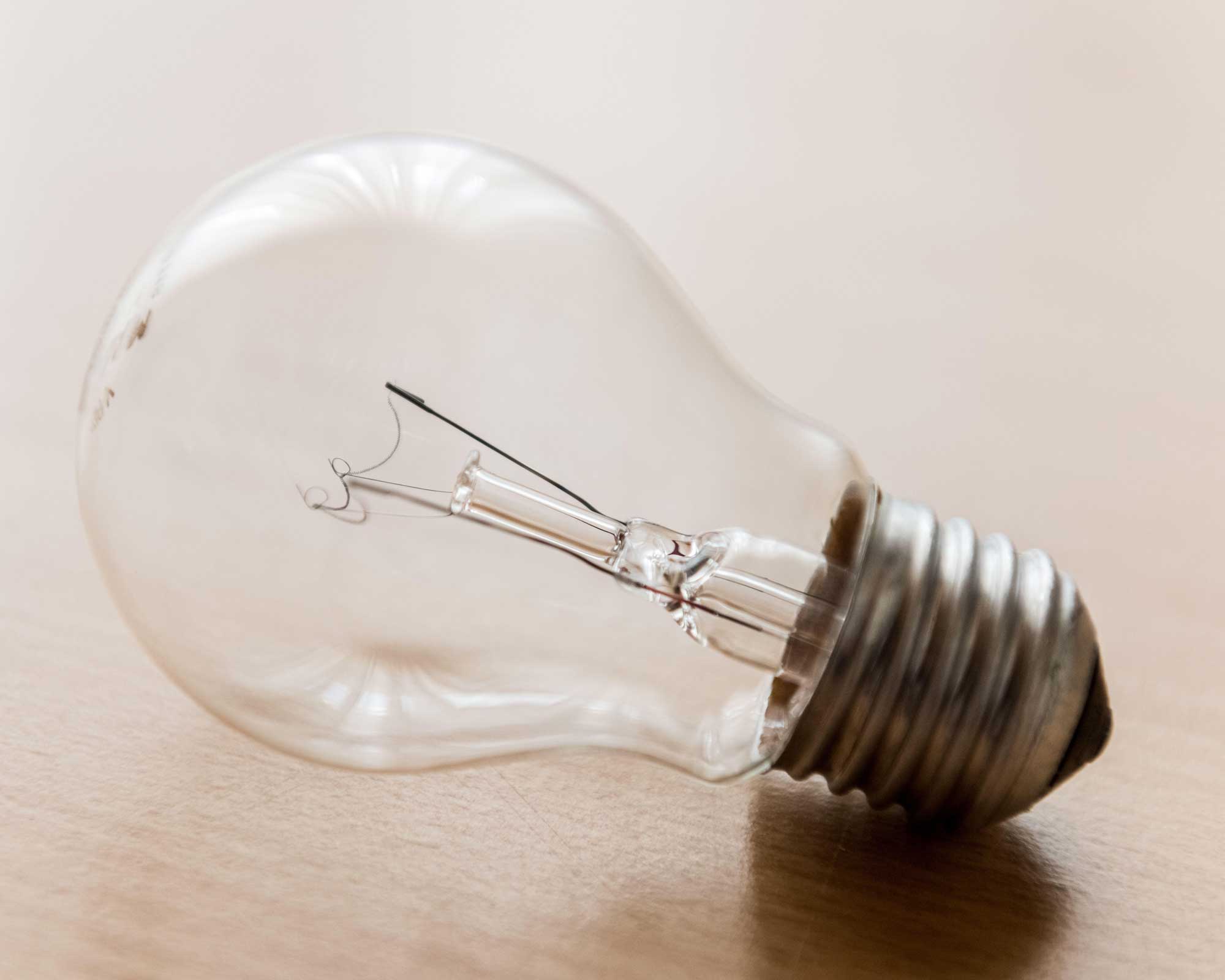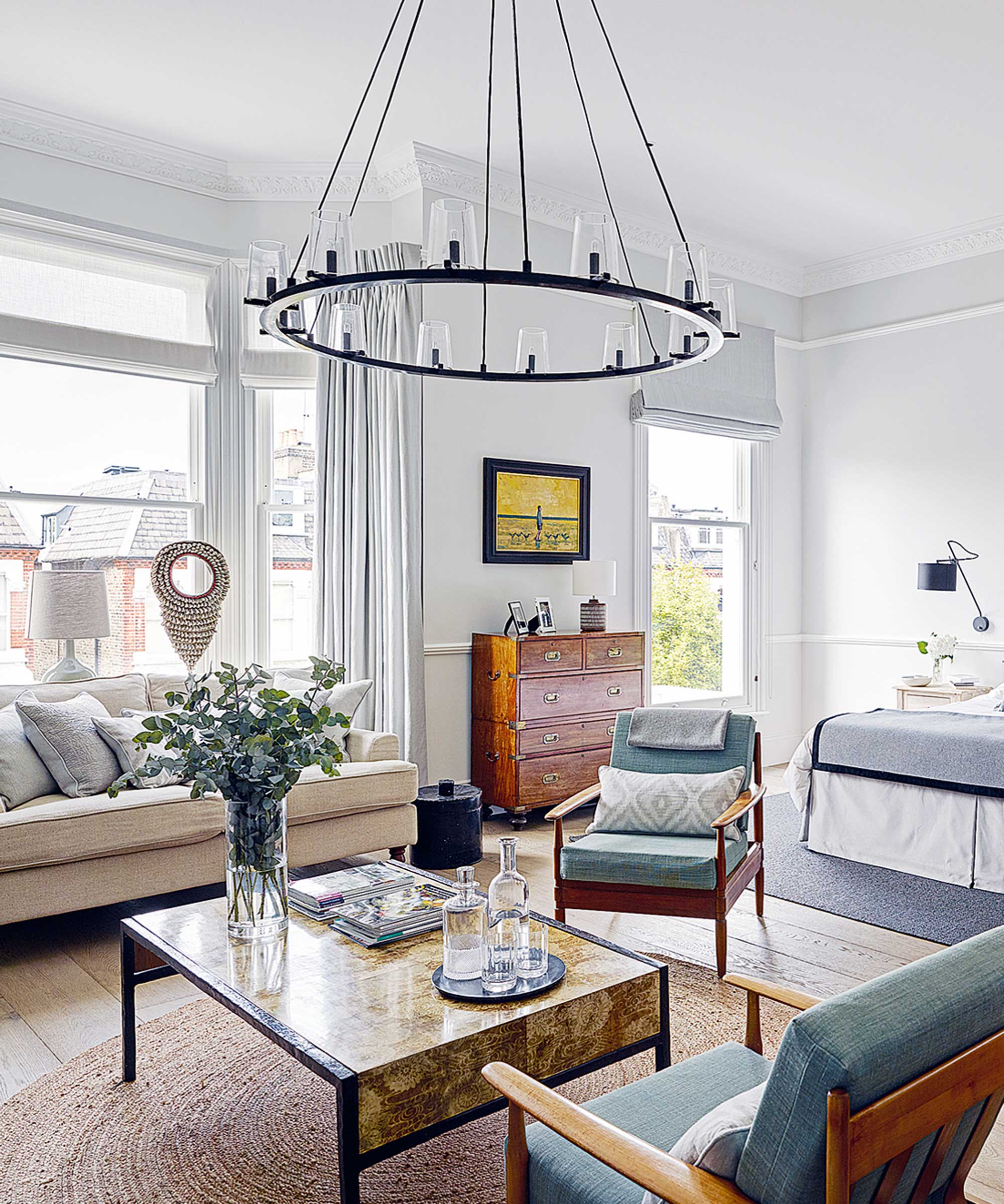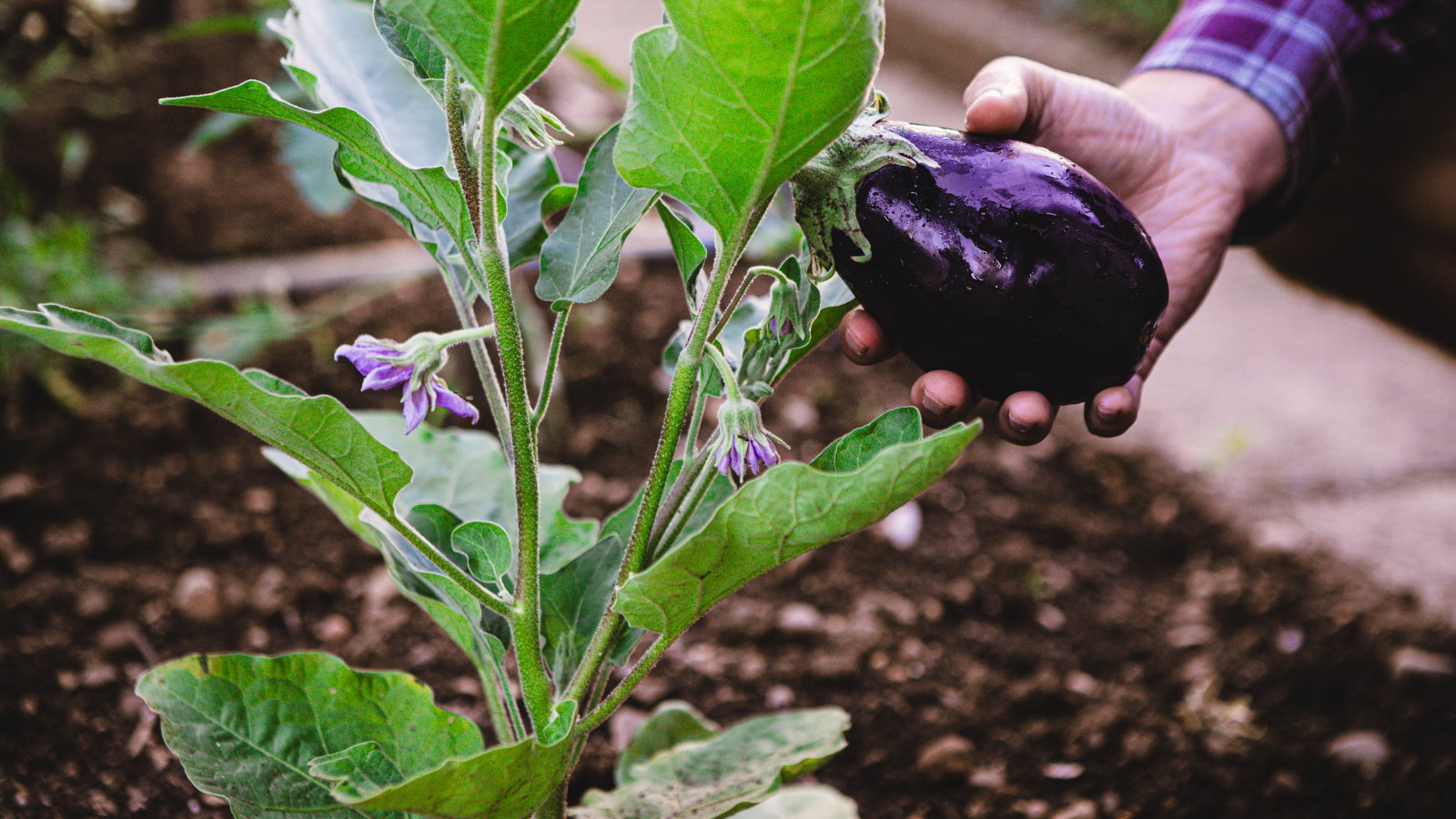Why can’t I buy incandescent bulbs?
The reason behind incandescent light bulbs being phased out and what you can buy instead


As of Tuesday, August 1st, you will no longer be able to purchase incandescent light bulbs in the USA. This form of lighting was commonly used all around the United States and it has officially been passed that these types of bulbs will no longer be sold or manufactured anymore.
Although you can still use these bulbs in your home, any bulbs you have already purchased or stored away will not go to waste. Incandescent light bulbs are still fine to use around your home and are not dangerous.
The change in the production of these light bulbs will see you buying more energy-efficient and longer-lasting LED bulbs. This is good news in many ways, as LED light bulb prices have declined, a trend that we are likely to see continue.

Why can’t I buy Incandescent light bulbs anymore?
The reason why you won’t be able to buy these bulbs anymore is because they are no longer being manufactured or sold in America. For many years the incandescent light bulb has been on the way out. Production of these light bulbs has declined greatly over the last 10 years ultimately resulting in them being discontinued on the 1st of August 2023.
The reason these bulbs are no longer readily available is that US manufacturers and governments have sought new bulbs and fixtures that use less energy and therefore are more sustainable than incandescent bulbs are for the planet.
What are incandescent light bulbs?
Incandescent light bulbs were patented by Thomas Eddison in 1880 and widely used in American homes for over a century. Incandescent bulbs produce light by using electricity which heats a wire filament that will eventually become lit and glow.
The drawback to using these bulbs is that 90% of their energy is used to produce heat, whereas other bulbs use about 80%. This heating process means that additional energy is being wasted which makes them insufficient from a sustainability point of view.
Incandescent light bulbs also only last for about 1200 hours instead of LEDs last for around about 2500. This means that the production of them outweighs the time you can use them, requiring more energy than they produce.
What are my other lighting options?

As these changes are being made you may be wondering what your other options are when it comes to lighting. President Biden’s new energy policies that have come into effect as of this week may be confusing especially if you are used to buying the same bulbs for a long period of time.
You’ll be pleasantly surprised to hear that LED bulbs and lighting options are in abundance. LED bulbs go far beyond their reputation of fluorescent, cold blue-tinted lighting; this is no longer the case. You also do not have to compromise on style LED vintage style bulbs from Amazon can produce the same effect as your familiar incandescent ones and they are a lot better for the planet, too.
If you are looking for a natural bright light to fill the space in an office or you are lighting a kitchen, consider these sun-filled LED lights available on Amazon.
There are even LED lights that are perfect for keeping your plants healthy and thriving indoors in the form of these LED grow lights also available at Amazon.
Are Christmas lights incandescent?
Most of the Christmas lights on the market today are LED, which makes it easier to pick the right ones for Christmas this year. Incandescent Christmas lights were common in the 80s and 90s but the production of incandescent Christmas lights has been on the decline over the last 10 years.
Although the production of incandescent lights has been phased out now, there are plenty more options out there that not only look as good but also allow you to cut your energy bills and help the planet at the same time.
Sign up to the Homes & Gardens newsletter
Design expertise in your inbox – from inspiring decorating ideas and beautiful celebrity homes to practical gardening advice and shopping round-ups.

Seraphina is a contributing editor at Homes & Gardens, writing Solved features on organizing and storage. She loves to decorate and also grow her own produce from her home in London. Her previous experience includes working at Women's Health and Fabulous Magazine.
-
 Charli XCX's front door color 'feels deliberate, and almost calculated' – estate experts say it carries authority (but it comes with a warning)
Charli XCX's front door color 'feels deliberate, and almost calculated' – estate experts say it carries authority (but it comes with a warning)The singer's sophisticated front door color gives a 'psychological head start' to sellers, but it has a potentially unlucky downside
By Megan Slack
-
 How to choose eggplant companion plants for abundant and healthy harvests – we reveal 7 of the best to pick, plus the ones to avoid
How to choose eggplant companion plants for abundant and healthy harvests – we reveal 7 of the best to pick, plus the ones to avoidDiscover some beneficial vegetables, herbs, and flowers to grow with eggplant
By Drew Swainston